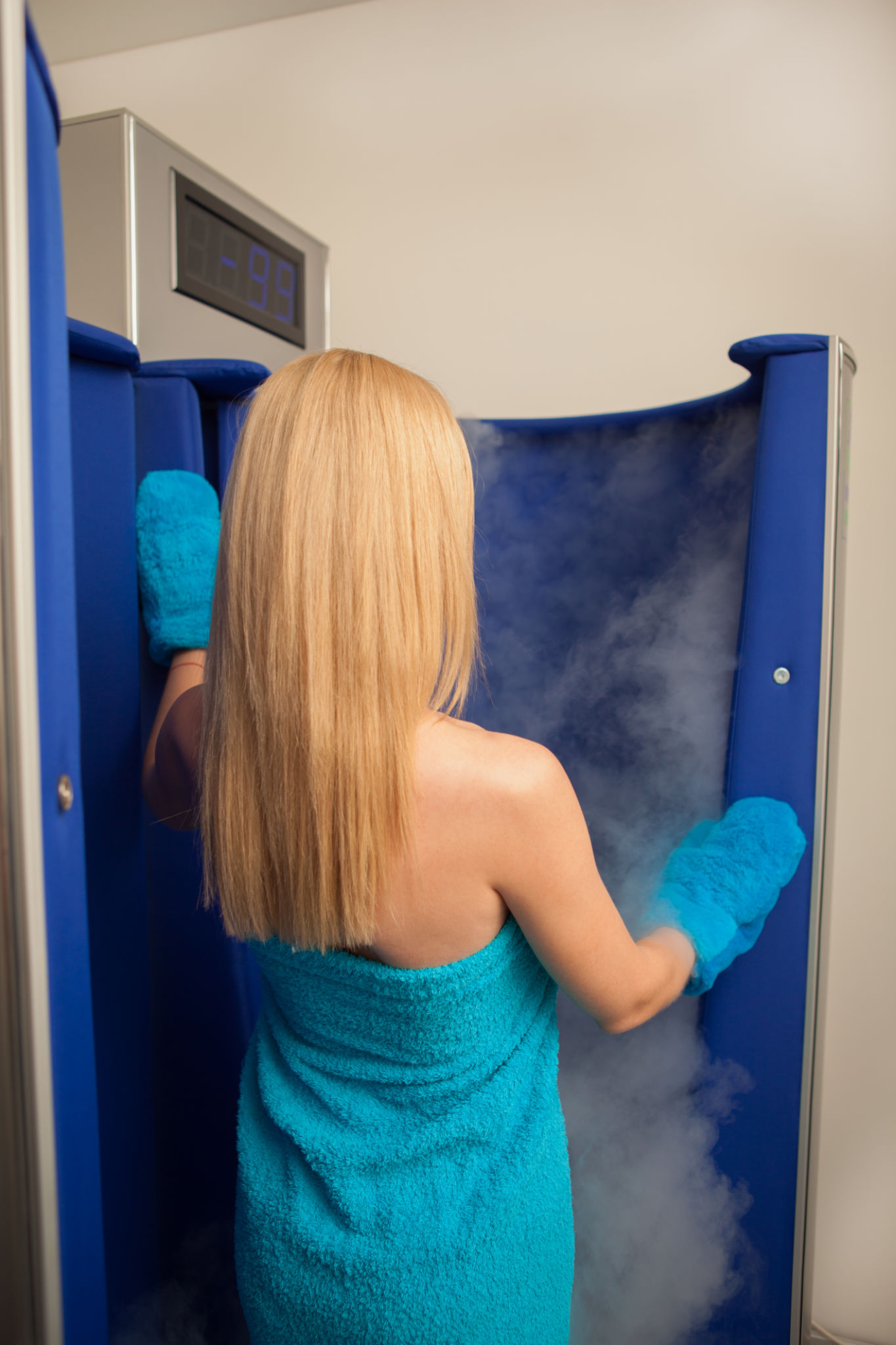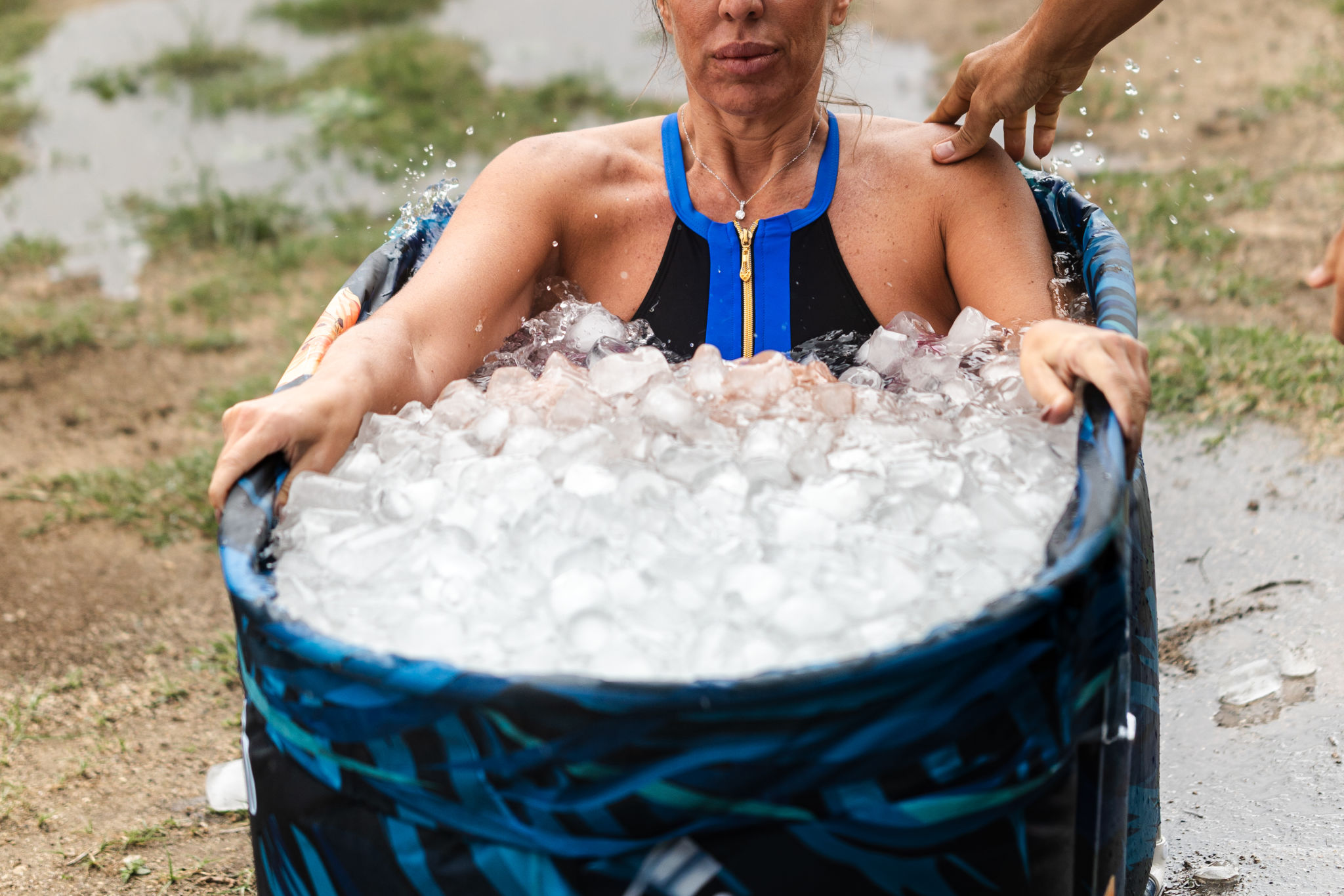The Role of Cryotherapy in Sports Recovery: An Athlete's Secret Weapon
Understanding Cryotherapy
Cryotherapy, often referred to as cold therapy, is a treatment where the body is exposed to extremely cold temperatures for a short period. This technique has gained immense popularity among athletes for its potential benefits in sports recovery. With the promise of faster recovery times and enhanced performance, cryotherapy is quickly becoming an athlete's secret weapon.

The concept of using cold for therapeutic purposes isn't new. For centuries, people have applied ice packs or taken cold baths to reduce inflammation and numb pain. However, modern cryotherapy takes this concept to a whole new level by exposing the body to temperatures as low as -200°F for about 2 to 4 minutes. The results are believed to be both immediate and long-lasting.
Benefits of Cryotherapy in Sports Recovery
Athletes are continually seeking ways to gain a competitive edge, and cryotherapy offers several potential benefits that can aid in achieving peak performance. Here are some of the key advantages:
- Reduced Inflammation: Cold temperatures can constrict blood vessels, which helps reduce inflammation and swelling, providing relief to sore muscles.
- Enhanced Muscle Recovery: By reducing muscle damage and soreness, athletes may experience faster recovery times between workouts or competitions.
- Improved Circulation: After the cold exposure, the body rapidly rewarms, which increases blood flow and oxygen supply to muscles, promoting healing.

These benefits make cryotherapy an attractive option for athletes who undergo intense training sessions and need to recover quickly to maintain optimal performance levels.
The Science Behind Cryotherapy
Cryotherapy works by triggering a physiological response known as "vasoconstriction." During exposure to extreme cold, blood vessels constrict, reducing blood flow to the affected areas. Once the session ends, these vessels dilate, leading to an increased flow of oxygenated blood. This process helps flush out toxins and deliver nutrients that aid in recovery.
Research is ongoing, but many athletes and trainers report positive outcomes from incorporating cryotherapy into their routines. While individual experiences may vary, the potential benefits are enough for many to consider it an essential part of their training regimen.

Incorporating Cryotherapy into Training
For athletes looking to integrate cryotherapy into their training, it's important to do so strategically. Here are some tips for effective incorporation:
- Consult with a Professional: Always seek advice from a healthcare provider or a sports therapist before starting cryotherapy sessions.
- Start Slowly: Begin with shorter sessions and gradually increase the duration as your body adapts to the cold exposure.
- Listen to Your Body: Pay attention to how your body responds and adjust the frequency of sessions based on your recovery needs.
Cryotherapy can complement other recovery techniques such as stretching, hydration, and proper nutrition, creating a holistic approach to athletic performance enhancement.
Conclusion
Cryotherapy is revolutionizing the way athletes approach recovery. By harnessing the power of extreme cold, it offers a promising method for reducing inflammation, improving recovery times, and ultimately enhancing performance. As research continues to validate its benefits, cryotherapy may soon become an indispensable tool in every athlete's arsenal.
Whether you're a professional athlete or a fitness enthusiast, considering cryotherapy as part of your recovery routine could be the key to unlocking your full potential on the field or in the gym.
